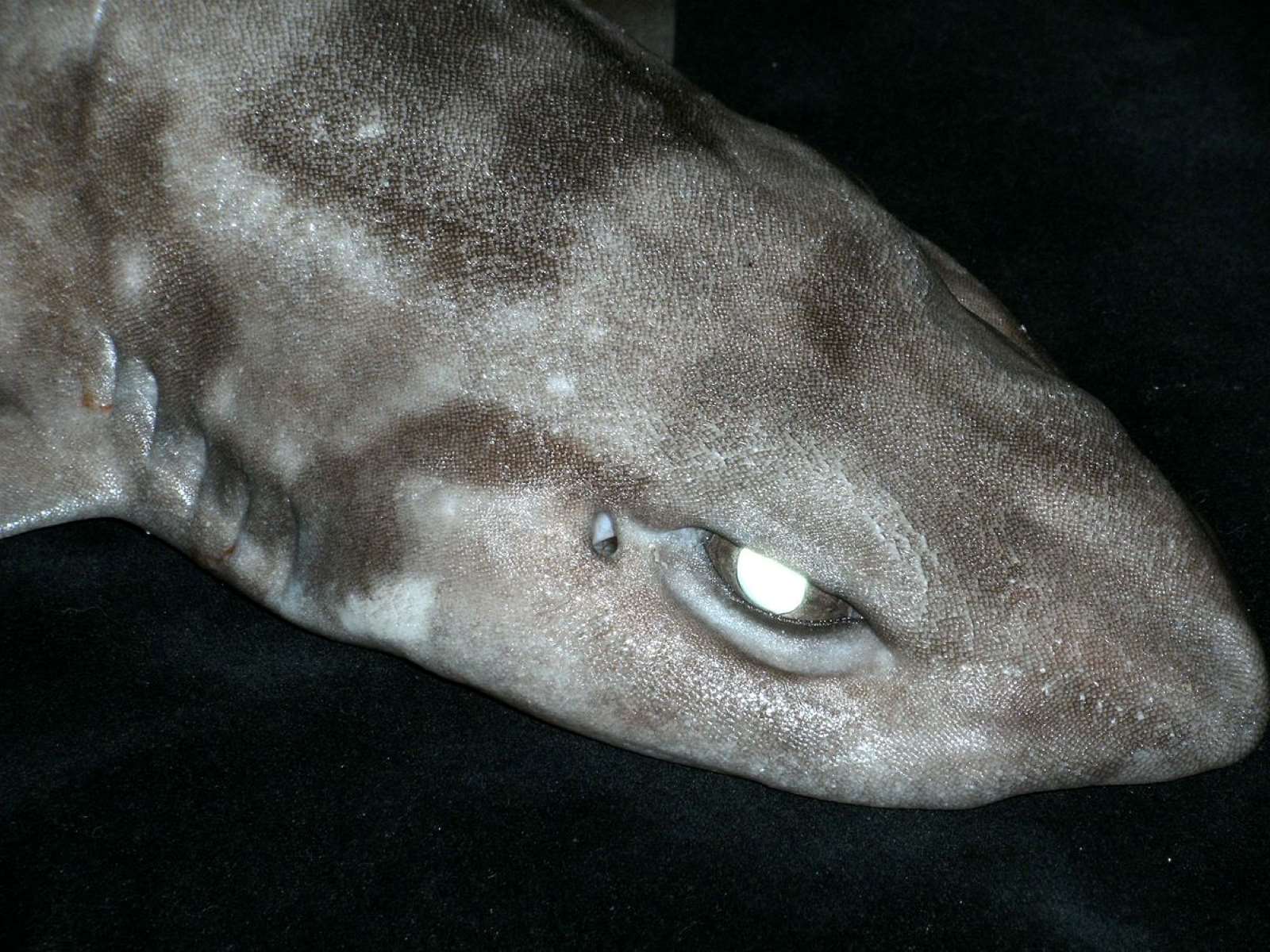
Ever heard of the Skinless Toothless Catshark? This unique creature, found in the deep waters of the Pacific Ocean, is a marvel of nature. Unlike most sharks, it lacks both skin and teeth, making it a fascinating subject for marine biologists and ocean enthusiasts alike. Why does this shark have no skin or teeth? Scientists believe these adaptations help it survive in its extreme environment. This shark's diet, behavior, and habitat are all tailored to its unusual physiology. Want to know more? Dive into these 37 intriguing facts about the Skinless Toothless Catshark and discover what makes this deep-sea dweller so special.
Key Takeaways:
- The Skinless Toothless Catshark, also known as the "ghost shark," is a unique deep-sea creature with small teeth and a dark, slender body. It plays a vital role in controlling the population of smaller fish and invertebrates in its habitat.
- Despite its name, the Skinless Toothless Catshark does have skin and teeth, but they are different from other sharks. It prefers cold, dark environments and is an important part of the deep-sea ecosystem.
What is a Skinless Toothless Catshark?
The Skinless Toothless Catshark is a fascinating marine creature that often sparks curiosity due to its unique name. Despite its peculiar moniker, this shark has many intriguing characteristics worth exploring.
- The Skinless Toothless Catshark is scientifically known as Apristurus melanoasper.
- It belongs to the family Scyliorhinidae, commonly referred to as catsharks.
- This species was first described in 1973 by scientists Springer and Burgess.
- Unlike its name suggests, it does have skin and teeth, but they are quite different from other sharks.
- The skin of this shark is covered in dermal denticles, which are tiny, tooth-like structures.
- Its teeth are small and not as prominent as those of other shark species, leading to the "toothless" part of its name.
Habitat and Distribution
Understanding where the Skinless Toothless Catshark lives can provide insights into its behavior and lifestyle.
- These sharks are found in the deep waters of the Atlantic Ocean.
- They typically inhabit depths ranging from 1,000 to 2,000 meters.
- The species has been spotted off the coasts of North America, Europe, and Africa.
- They prefer cold, dark environments where sunlight barely penetrates.
- The ocean floor, where they reside, is often muddy or sandy.
Physical Characteristics
The physical traits of the Skinless Toothless Catshark set it apart from other sharks.
- They have a slender body that can grow up to 60 centimeters in length.
- Their skin is dark brown to black, helping them blend into the deep-sea environment.
- The eyes are relatively small, adapted to the low-light conditions of their habitat.
- They possess two dorsal fins, with the first one being slightly larger than the second.
- The pectoral fins are broad and help in stabilizing their movement.
Diet and Feeding Habits
The diet of the Skinless Toothless Catshark is as unique as its name.
- They primarily feed on small fish and invertebrates.
- Their small teeth are perfect for grasping and holding onto slippery prey.
- These sharks are known to be opportunistic feeders, eating whatever is available.
- They use their keen sense of smell to locate food in the dark ocean depths.
- The diet can vary based on the availability of prey in their environment.
Reproduction and Lifespan
Reproduction in the Skinless Toothless Catshark follows patterns seen in many deep-sea creatures.
- They are oviparous, meaning they lay eggs rather than giving birth to live young.
- The eggs are encased in tough, leathery capsules often referred to as "mermaid's purses."
- Females can lay multiple eggs at a time, which are then left to develop on their own.
- The incubation period for the eggs can last several months.
- Once hatched, the young sharks are fully independent.
Conservation Status
The conservation status of the Skinless Toothless Catshark is a topic of concern for marine biologists.
- They are currently listed as Least Concern by the IUCN.
- However, deep-sea fishing practices pose a threat to their population.
- Bycatch, where they are unintentionally caught in fishing nets, is a significant issue.
- Conservation efforts are focused on sustainable fishing practices to protect their habitat.
- Research is ongoing to better understand their population dynamics and threats.
Interesting Tidbits
Here are some lesser-known facts that add to the allure of the Skinless Toothless Catshark.
- They are often referred to as "ghost sharks" due to their elusive nature.
- The species is rarely seen by humans, making them a subject of deep-sea exploration.
- They have a slow metabolism, which is common among deep-sea creatures.
- The Skinless Toothless Catshark has a unique swimming pattern, often gliding smoothly through the water.
- They play a crucial role in the deep-sea ecosystem by helping control the population of smaller fish and invertebrates.
- Despite their name, these sharks are not dangerous to humans and are quite shy.
The Final Word on Skinless Toothless Catsharks
Skinless toothless catsharks are fascinating creatures. They live in deep waters, have no skin or teeth, and rely on their unique adaptations to survive. These sharks, part of the Apristurus genus, are still a mystery in many ways. Scientists continue to study them to understand their behavior, diet, and role in the ocean ecosystem.
Their lack of skin and teeth sets them apart from other sharks. This makes them a subject of interest for marine biologists. These sharks show how diverse and adaptable life in the ocean can be. They remind us there's still much to learn about the deep sea.
Next time you think about sharks, remember the skinless toothless catshark. It's a small but important piece of the ocean's puzzle. Keep an eye out for new discoveries about these intriguing creatures.
Frequently Asked Questions
Was this page helpful?
Our commitment to delivering trustworthy and engaging content is at the heart of what we do. Each fact on our site is contributed by real users like you, bringing a wealth of diverse insights and information. To ensure the highest standards of accuracy and reliability, our dedicated editors meticulously review each submission. This process guarantees that the facts we share are not only fascinating but also credible. Trust in our commitment to quality and authenticity as you explore and learn with us.


